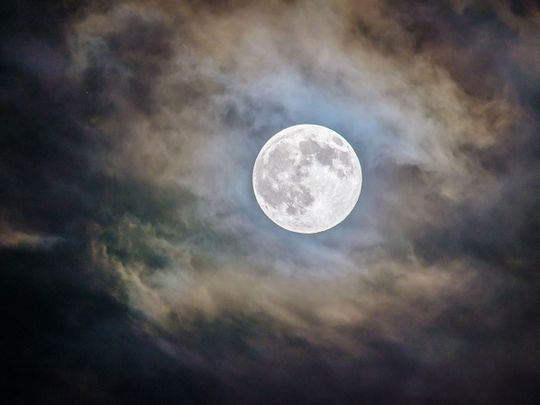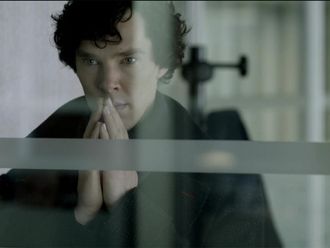
You may think you know all there is to know about the moon. It appears outside our windows every night, after all! But any day of the month, it has some secrets up its sleeve.
Click start to play today’s Crossword, where “lunar” is the answer to one of the clues.
Here are five facts about the moon that may come as a surprise to you:
1. There are four kinds of lunar months
Archaeologists have found tally sticks from the Paleolithic period, showing how humans have looked to the moon to count days, for eons. But did you know there are four kinds of lunar months? Anomalistic is the length of time it takes the moon to circle the Earth, measuring from one perigee to the next – about 27 days, 13 hours. Nodical is the length of time it takes the moon to pass through one of its nodes, where it crosses the Earth’s orbit, and return to it – about 27 days, 5 hours. Sidereal is the length of time it takes the moon to circle the Earth, using the stars as a reference point – about 27 days, 7 hours. Synodical is the length of time it takes the moon to circle the Earth using the sun as a reference point – about 29 days, 12 hours.
2. We can only see slightly more than half of the moon
Because the moon rotates only once during each revolution of the Earth, we are never able to see more than 59 per cent of the moon. The remaining 41 per cent can never be seen from our perspective. Similarly, if someone were to stand in that area of the moon, they would never see the Earth.
3. How many moons make a sun?
According to Space.com, the ratio of brightness of the sun compared to the moon, amounts to a difference of 398,110 to 1 – so, that’s how many moons you’d need to equal the sun’s brightness.
4. The Earth also goes through phases
Imagine viewing the Earth every night, from the moon. It goes through a similar process as lunar phases, although in different orders. For instance, when we see a new moon, a person standing on the moon can view a full Earth. When we see a gibbous moon, a crescent Earth would be visible, and when we see a full moon, the Earth starts its new phase.
5. Earth views from the moon
From the moon, our planet appears nearly four times larger than the moon does to us, and shines anywhere from 45 to 100 times brighter than a full moon. The Earth casts a bluish-gray glow, which is actually visible on the moon. Italian polymath Leonardo da Vinci was the first to figure out what that eerie glow really was – the sun illuminates just a sliver of the moon, while the rest of its outline is dimly visible because of earthlight.
Did you know these lunar facts? Play today’s Crossword and tell us at games@gulfnews.com.









